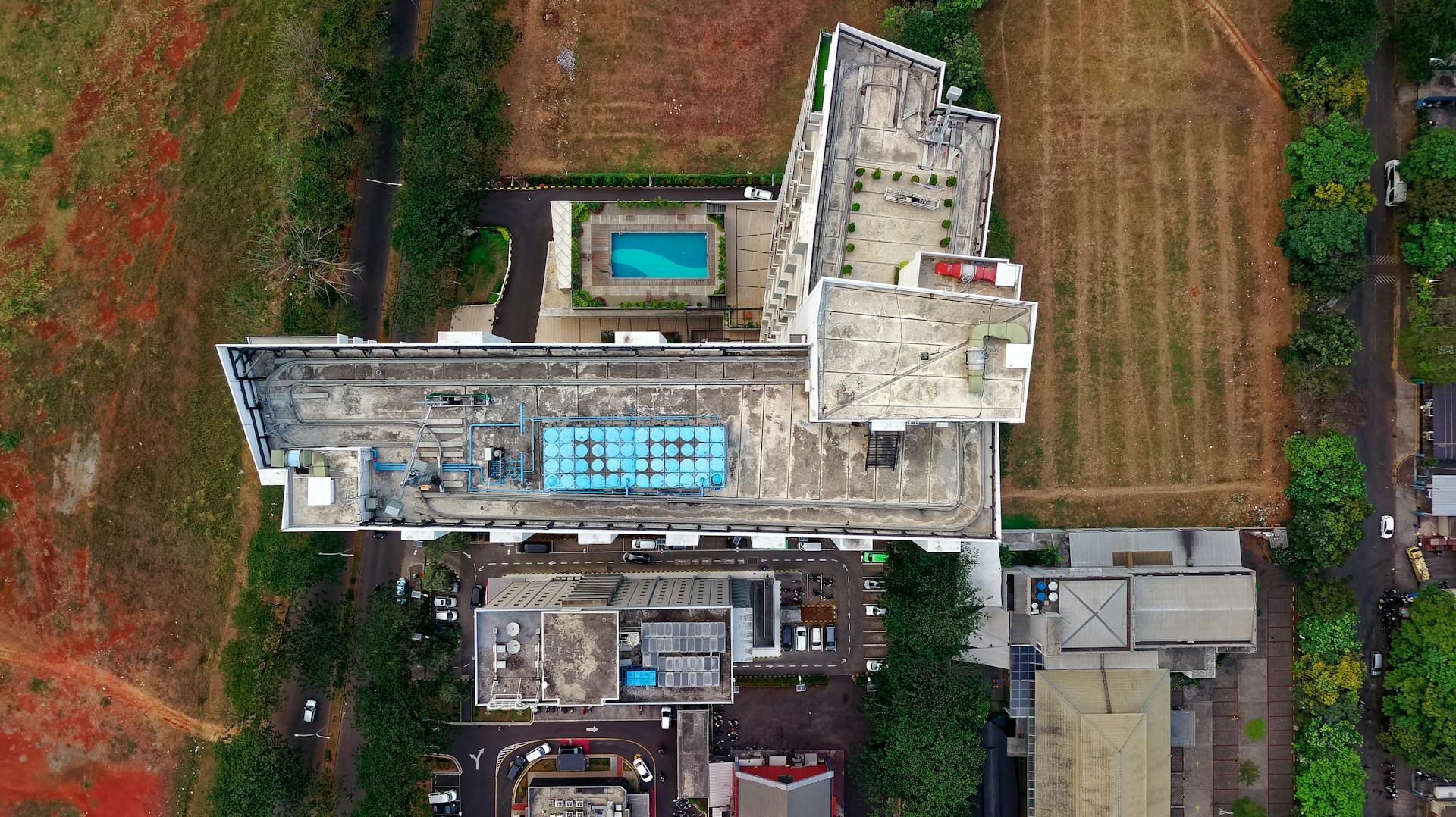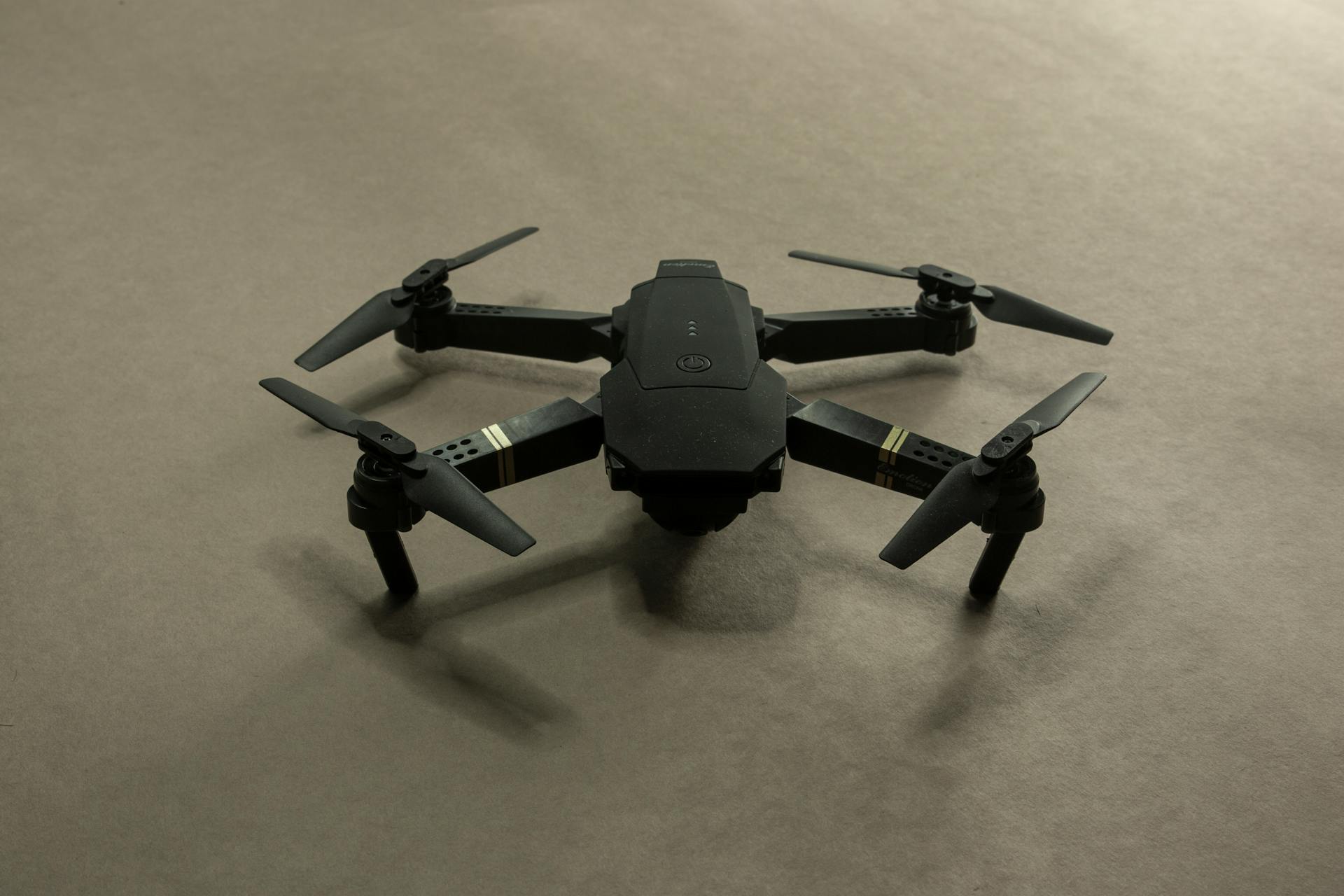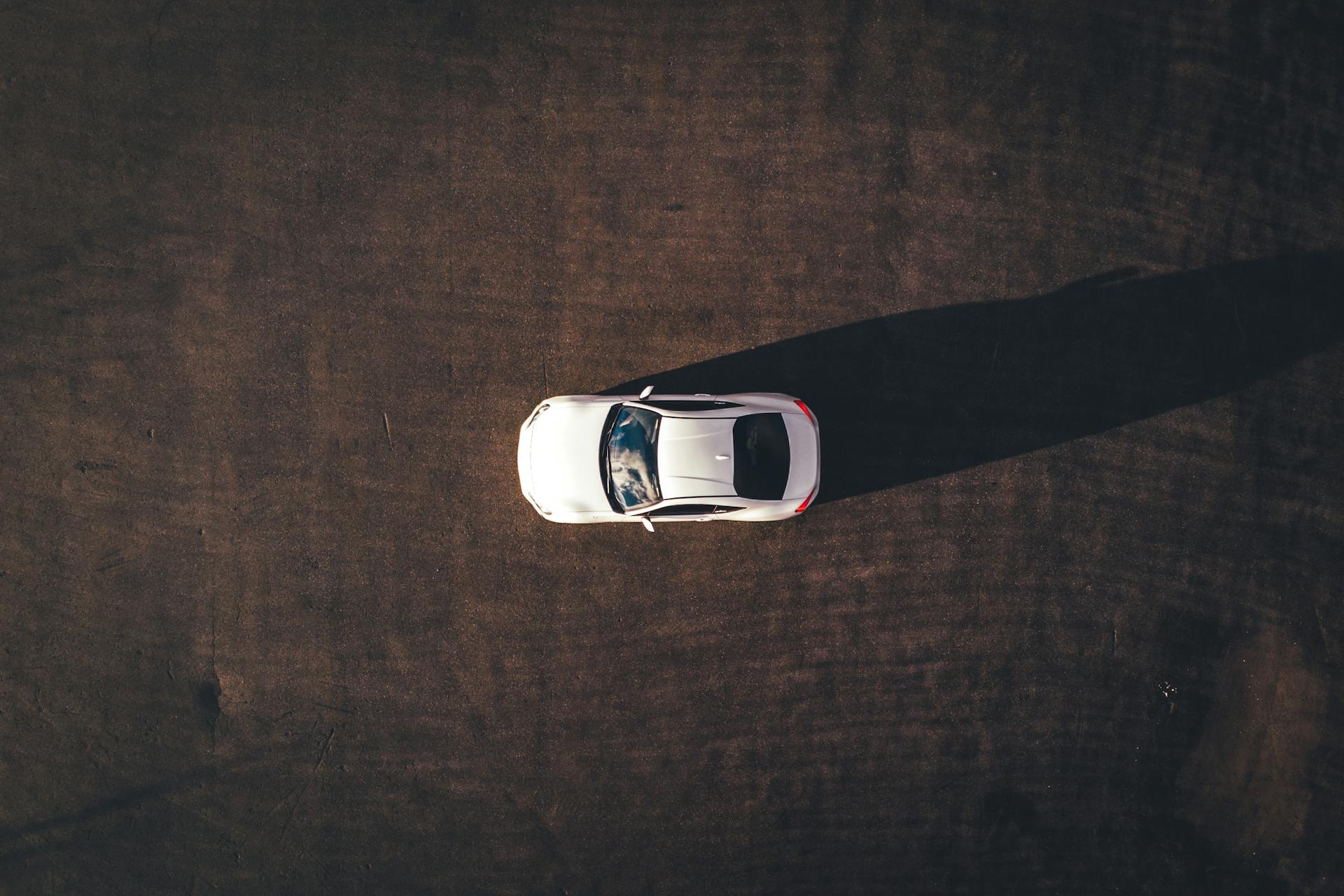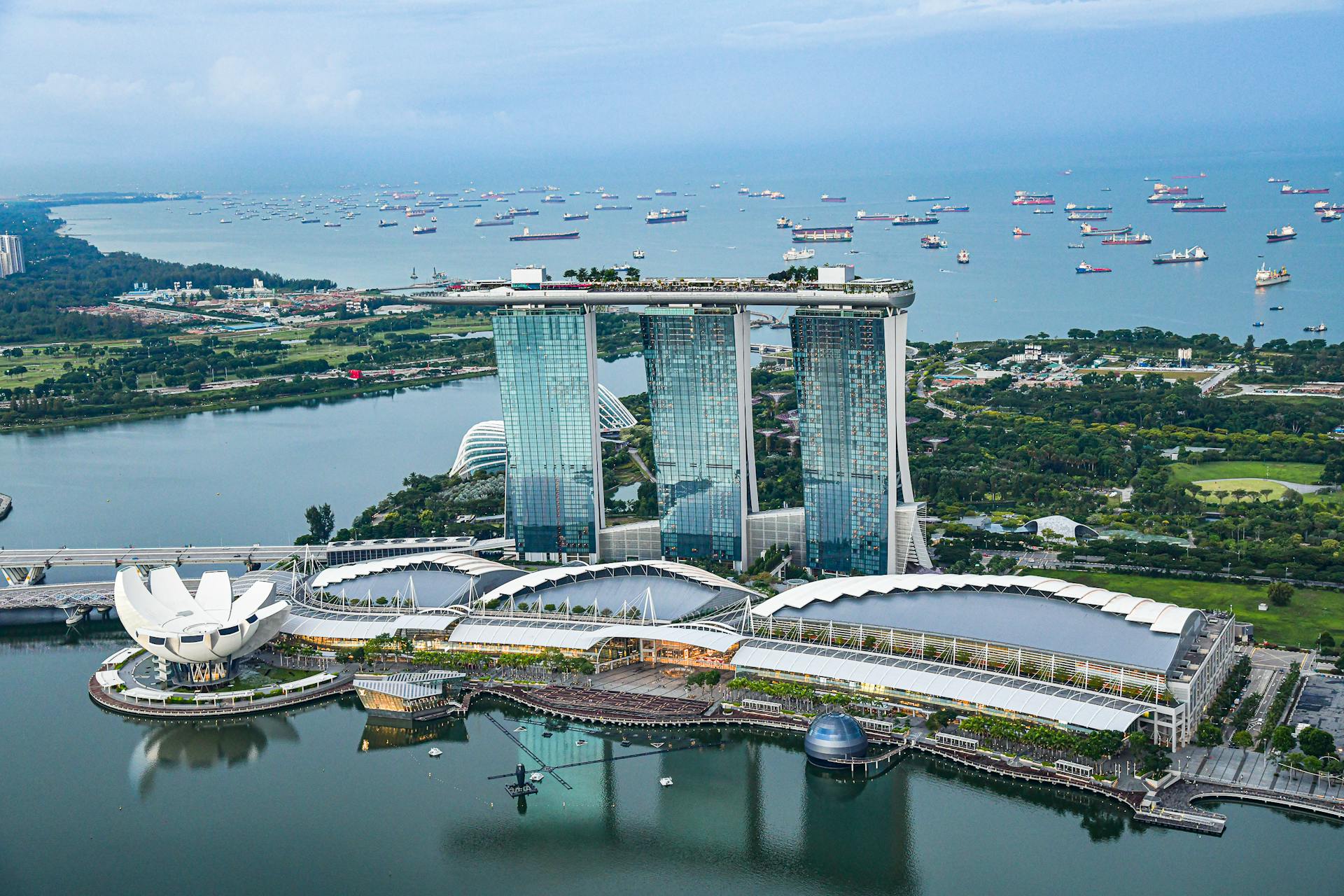
Singapore has been at the forefront of unmanned aircraft technology, with a growing number of drones being used for various purposes.
The Civil Aviation Authority of Singapore (CAAS) has established a framework for the safe operation of unmanned aircraft, including drone registration and licensing requirements.
This framework is designed to balance the need for innovation with the need for safety, ensuring that drones are used responsibly and do not pose a risk to people or property.
In 2017, the CAAS introduced a drone registration system, which requires drone owners to register their drones and obtain a unique identification number.
Regulations
To fly a drone in Singapore, you'll need to meet the regulatory requirements, which vary depending on your purpose of activity, total weight of the drone, and the location and height at which you plan to fly.
You must also consider the permits and licenses you'll need to fly your drone legally. The Unmanned Aircraft (Public Safety and Security) Act provides clear guidelines for the safe use of unmanned aircraft, outlining regulations for safe flying and enforcement action against errant users.
The Singapore government has designated one-north as the country's first drone estate, providing a safe environment for test-bedding innovative unmanned aircraft systems.
To obtain a permit, you'll need to apply for an Operator Permit or an Activity Permit, depending on your purpose and the type of drone you're using. The fees for these permits vary, with an Operator Permit costing $600 for the first UA type and $400 for each subsequent UA of a different model and type.
A different take: First Unmanned Airplane
Public Safety Act
The Public Safety Act is a crucial regulation to understand when it comes to flying drones in Singapore. It provides clear guidelines for the safe use of unmanned aircraft.
To fly a drone safely, you need to ensure it's flown within permitted areas. This means checking the CAAS website for a map of prohibited areas, danger and restricted areas, areas within 5 km of an airport or an airbase, and protected areas.
Permits are required to fly drones above 7 kg, or within a 5 km radius of an aerodrome. You'll also need to obtain permits from other agencies, depending on the nature of your usage.
Here's a rundown of the permits you may need:
Remember, it's essential to obtain all necessary permits before conducting any outdoor activities with your drone.
Public Order Act
The Public Order Act in Singapore plays a significant role in maintaining public safety and security during special events.
In 2017, the Singapore National Day Parade was gazetted as a "special event" under the Public Order Act, prohibiting the unauthorized flying of drones in the area without a permit.
Flying a drone outside of the special event area in a way that disrupts the National Day Parade can lead to arrest and a conviction of up to 12 months in prison, a fine of up to $20,000, or both.
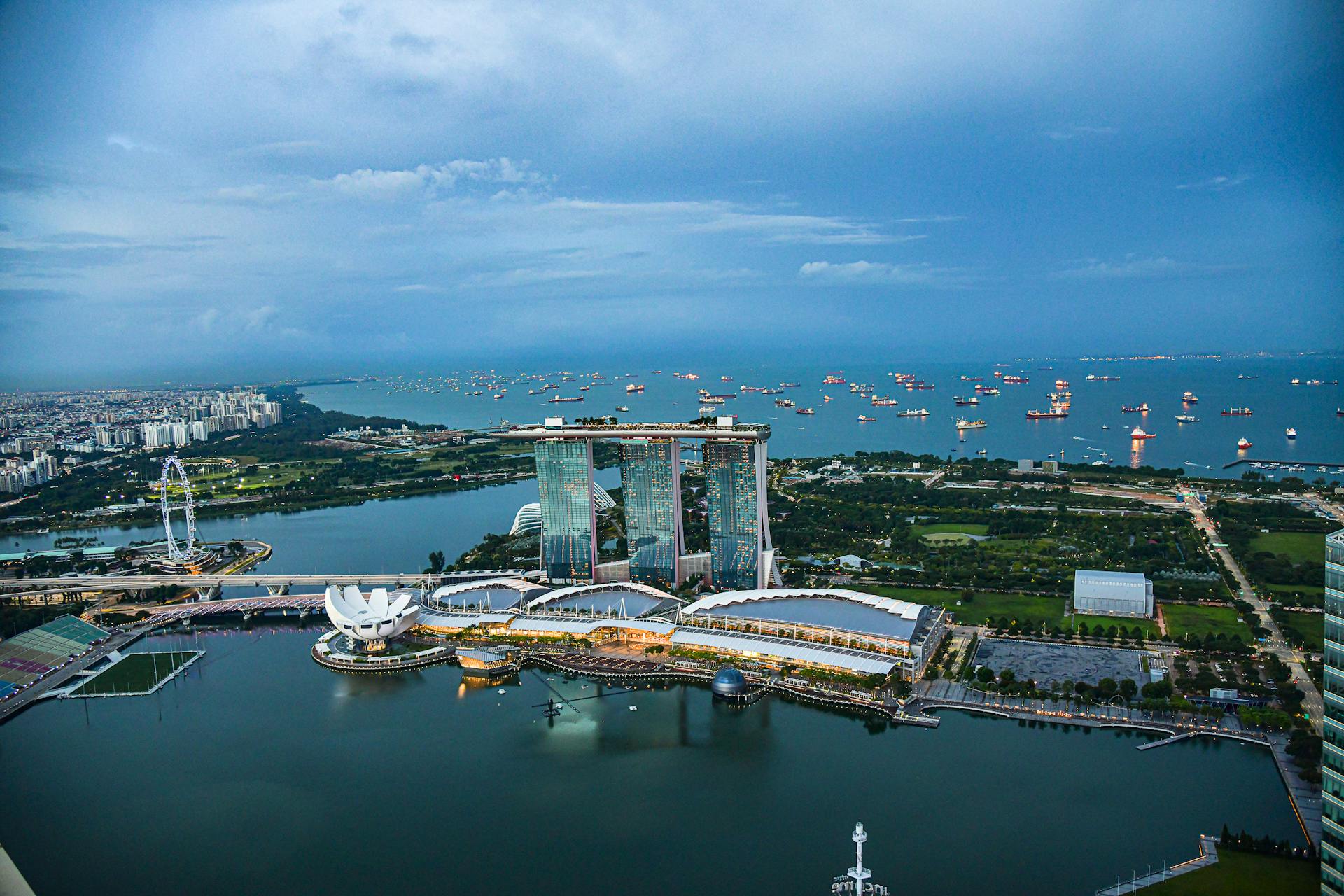
Drones found to be disrupting the event will be seized.
The Ministry of Home Affairs also declared the 32nd Asean summit an enhanced security special event under the Public Order Act, prohibiting drones from being brought or flown in the area or outside of it in a way that disrupts the event.
Data Protection Act
The Data Protection Act is a crucial regulation to consider when deploying drones. Organisations are exempt from the Act if they're acting in their personal or domestic capacity.
If you're using drones for photography, video, or audio recording, you need to be aware of the Personal Data Protection Act. This Act requires organisations to inform individuals about the purposes of collecting, using, and disclosing their personal data.
You must provide notification of the purposes for collecting, using, or disclosing personal data captured by your drones. This is to obtain consent from individuals, which is a key obligation under the Act.
Organisations should place notifications in areas where individuals can read them before entering the area of operation. For example, a notice at points of entry may be sufficient to inform individuals that drones are in operation.
Breaches of Regulations
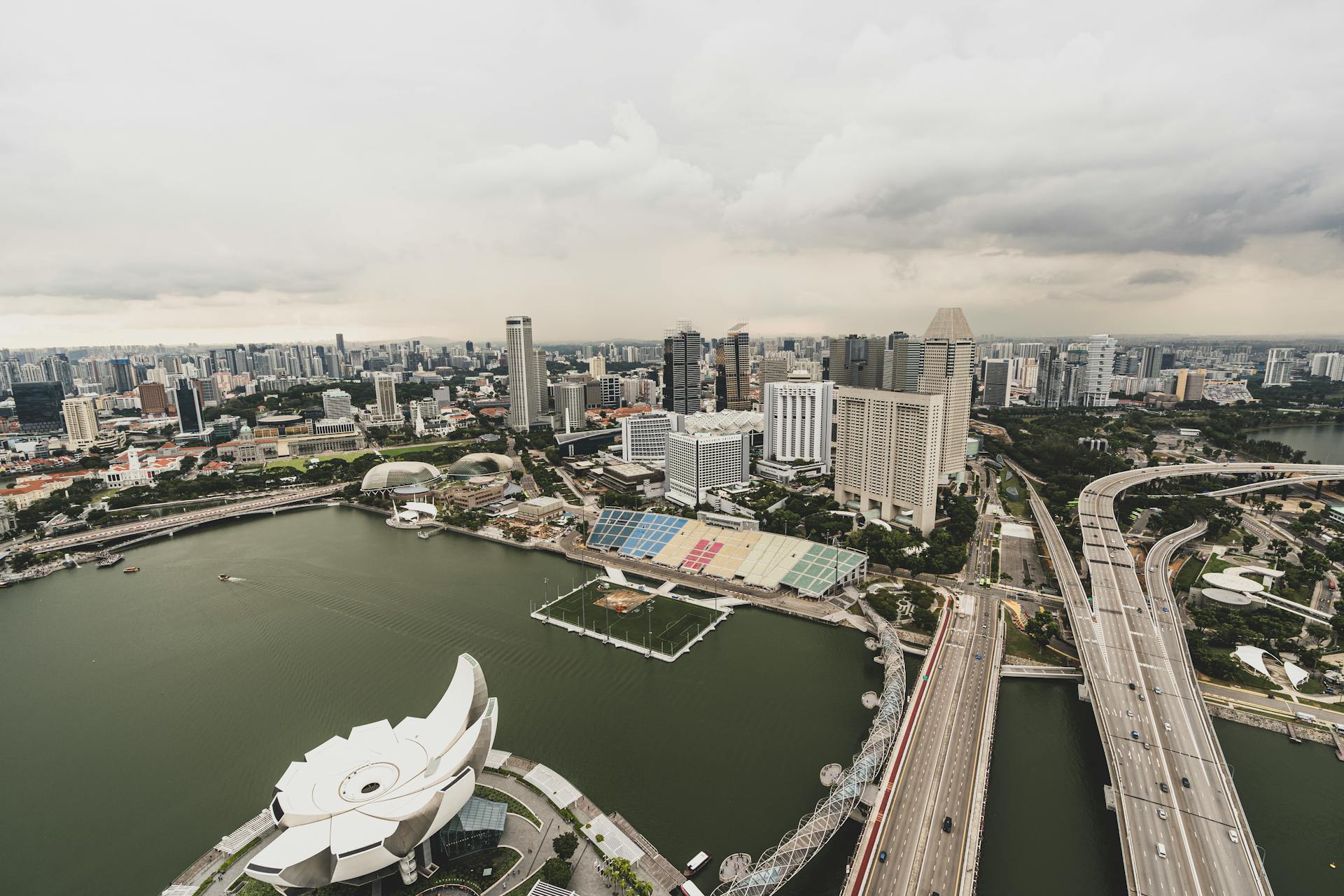
Between June 2015 and May 2017, the CAAS recorded 103 violations of drone regulations. These incidents typically involve flying within 5 km of aerodromes, which is not allowed, and flying within restricted and security-sensitive areas without a permit.
In 2015, a 27-year-old man was given a stern warning by the police for flying a drone at the War Memorial Park on National Day. He was believed to have been trying to take photographs of the NDP fireworks.
Flying a drone at Marina Barrage on National Day in 2017 resulted in a 53-year-old man's arrest. This area was marked within the Special Events Area, where unauthorised flying of unmanned aerial vehicles is not allowed for 24 hours on National Day.
There were 12 breaches involving UAs during the National Education and preview shows in 2017, according to a police statement.
Authorized MRO Solution
In Singapore, DroScan is the first drone solution authorized for use in General Visual Inspection during maintenance work on Singapore-registered aircraft.
DroScan uses drones to fly autonomously around the aircraft fuselage to capture high definition images.
These images are then fed through algorithms that detect and classify defects to assist the review process.
An inspection report is generated to maintain a digital database.
DroScan reduces inspection time and risks of working at height, providing a repeatable inspection process for consistent quality and reliability.
Types of Use
In Singapore, permits are not typically required for recreational or research uses of unmanned aircraft (UA), as long as the operation of the UA is in line with the Civil Aviation Authority of Singapore's (CAAS) operating conditions.
However, there are certain situations where a permit is required, including when the total mass of the UA including payload exceeds 7 kg, or when flying higher than 200 feet above mean sea level.
For example, if you're planning to fly a UA for recreational purposes and it weighs more than 7 kg, you'll need to obtain an Operator Permit and a Class 1 Activity Permit.
Here are the specific situations where a permit is required:
- The total mass of UA including payload exceeds 7 kg (Operator permit and Class 1 Activity Permit required)
- UA is flown higher than 200 feet above mean sea level (Class 2 Activity Permit required)
- Within restricted, danger, protected, prohibited areas and within 5 km of an aerodrome / airbase (Class 2 Activity Permit required)
Recreational Purposes
Flying a UA for fun is a great way to enjoy the outdoors, but there are some rules to keep in mind.
Recreational use of UA in Singapore is generally permitted as long as it's in line with CAAS' operating conditions.
However, if you're flying for recreation, you don't need a permit if you're flying below 200 feet above mean sea level.
On the other hand, if you're flying higher than 200 feet for recreation, you'll need a Class 2 Activity Permit.
Here are some examples of recreational uses that require a permit:
In general, recreational use of UA is a great way to enjoy the outdoors, but make sure to follow the rules to avoid any issues.
Other Uses
If you're planning to use a UA for purposes other than recreation or research, you'll need to obtain an operator permit and a Class 1 Activity Permit.
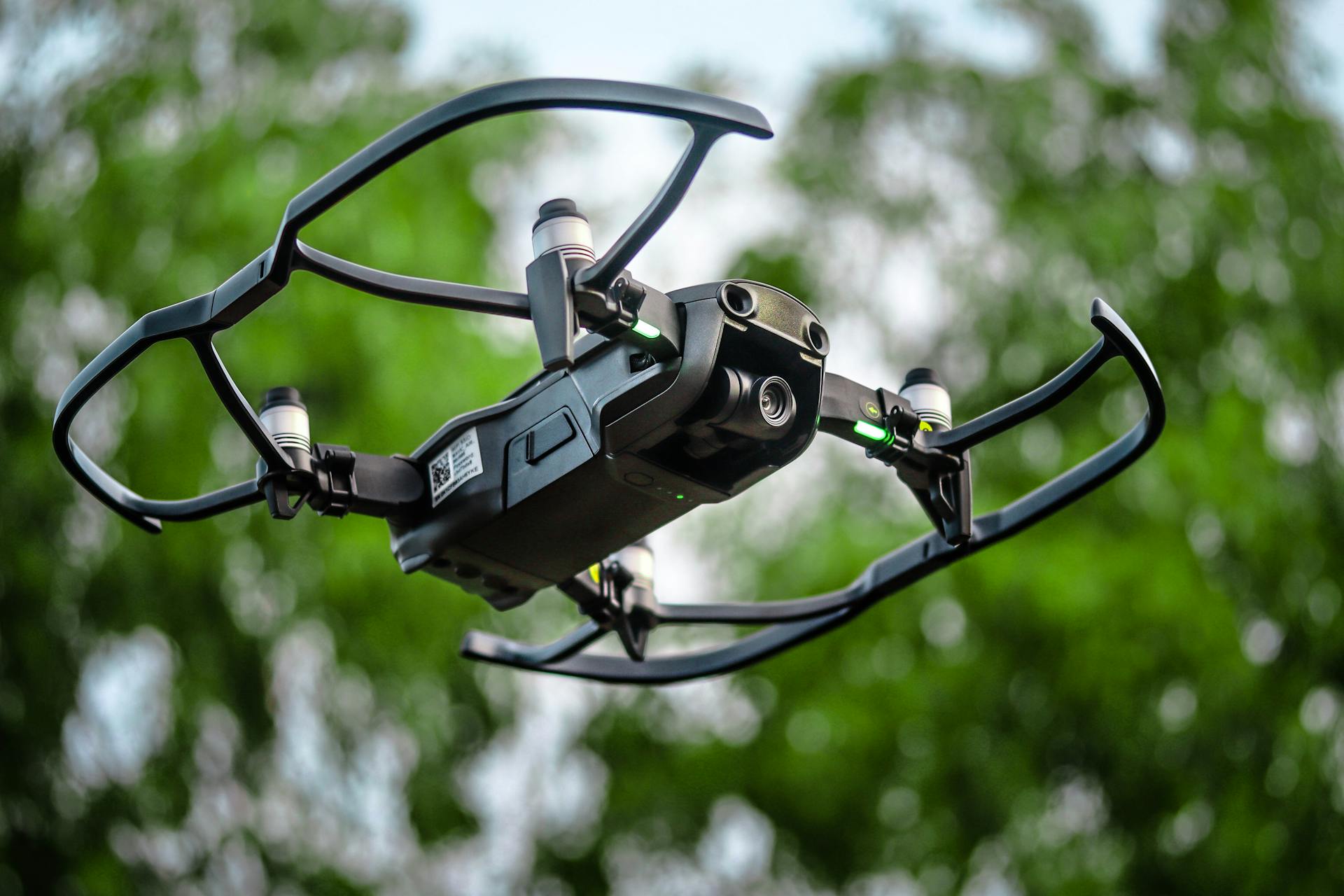
These permits are required for various activities, such as business operations, like providing aerial surveying or photography services.
For instance, a company's public communications department may use a UA to take event photographs for its own internal newsletter, which would require the necessary permits.
Competitive UA races organized by a private entity also fall under this category, requiring permits to ensure safe and regulated operations.
Training courses with a practical element that involve deploying a UA as part of the course syllabus are another example of activities that need permits.
Here are some examples of applicable uses that require permits:
- Aerial surveying or photography services for business
- Event photography for internal newsletters
- Competitive UA races organized by private entities
- Training courses with a practical UA element
Flying
Flying is a popular way to use your UA, but it's essential to know the rules first. You'll need a Class 2 Activity Permit to fly outdoors.
If you plan to fly outdoors, make sure you have the necessary permit. Flying indoors, on the other hand, doesn't require a permit.
Requirements for Education
For educational purposes, you'll need to meet certain requirements. Education institutions, like government schools and universities, offer classes and activities on unmanned aircraft.
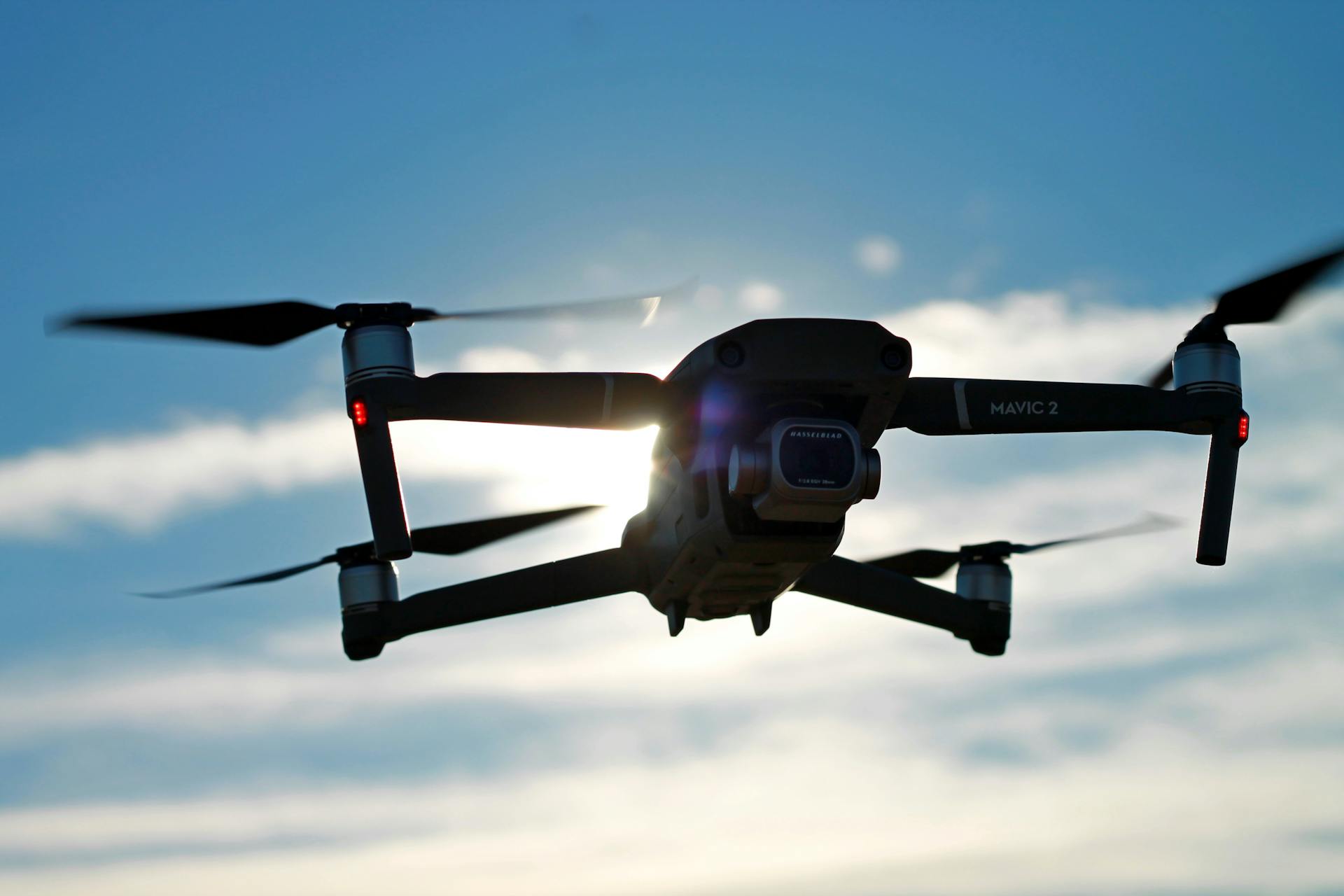
To operate a UA for educational purposes, you don't need to register it, but if it weighs more than 250g, you'll need to register it as described in our article. To get started, you'll need a UA Basic Training Certificate or a UA Pilot License, which we explain in our article on how to obtain one.
Here are the key requirements for operating a UA for educational purposes:
- Register your UA (if it weighs more than 250g)
- Hold a UA Pilot License
- Hold an Operator Permit
- Hold a Class 1 Activity Permit
Our article on permits for UA operation provides more details on the necessary permits.
Frequently Asked Questions
How many UAVs does Singapore have?
Singapore's military has approximately 100 drones of various types. This significant UAV presence reflects the country's enthusiasm for using drones in its operations.
Does Singapore have military drones?
Yes, Singapore has military drones, specifically tactical surveillance unmanned aerial vehicles (UAVs) used to enhance battlefield awareness.
Where to practice drone flying in Singapore?
Practice drone flying in Singapore at one of these designated fields: Old Holland Road Field, Republic Avenue Field, Marina Mall Road Field, Marina Gardens Drive Field, Kallang Road Field, Tanjong Rhu View Field, Marina East Drive Field, or Marina Barrage Field
Sources
- https://en.wikipedia.org/wiki/Unmanned_aircraft_in_Singapore
- https://www.stengg.com/en/aerospace/aerostructures-and-systems/unmanned-aircraft-systems/
- https://coursemology.sg/blog/drone-regulatory-requirements-singapore/
- https://breakingdefense.com/2024/09/singapore-us-defense-innovation-unit-collab-to-tackle-unauthorized-drones-in-indo-pacific/
- https://ipdefenseforum.com/2021/12/singapore-explores-new-frontiers-with-expanding-uav-fleet/
Featured Images: pexels.com
